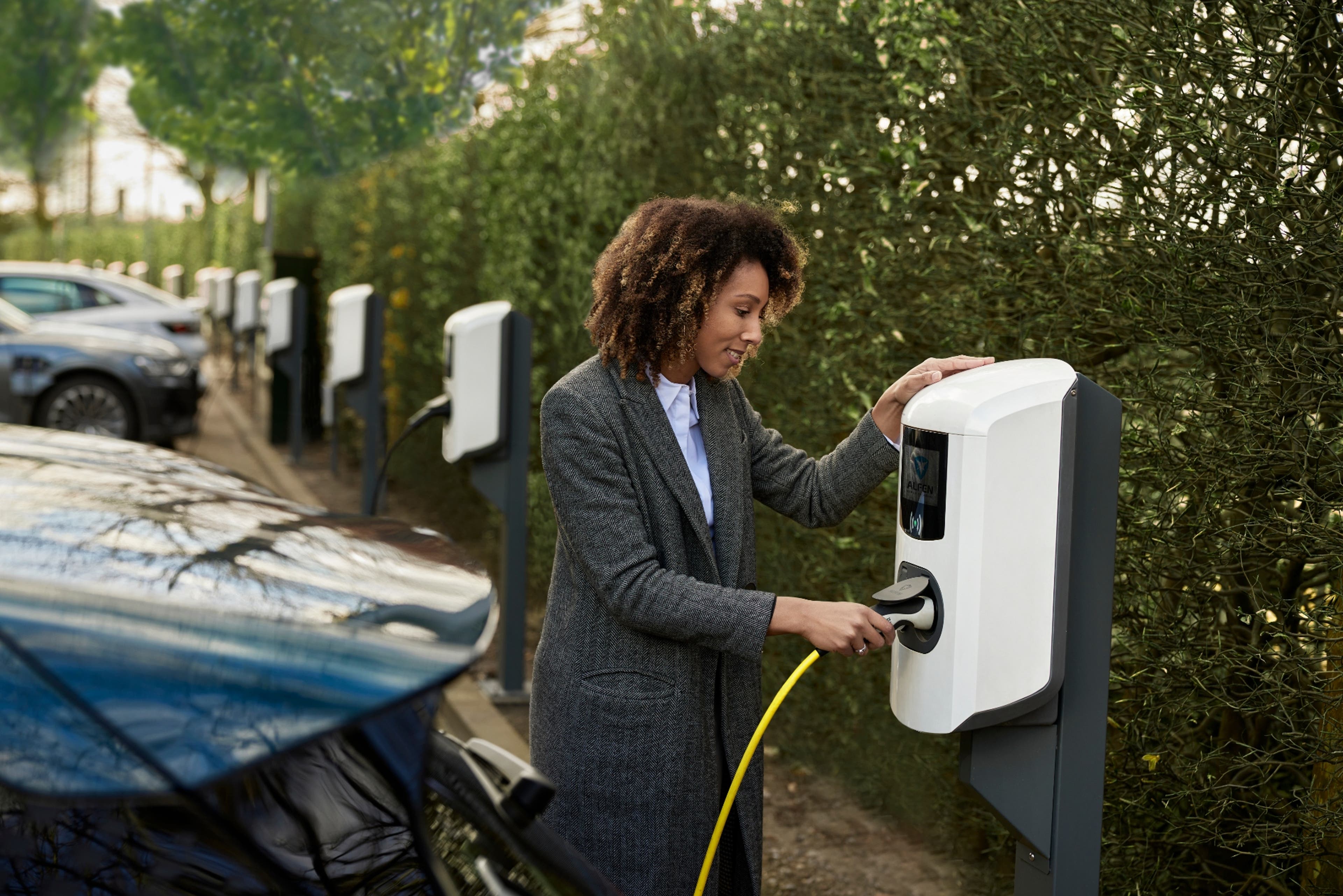What is load balancing in EV charging systems?
Load balancing means the charger automatically divides the available power between the outlets being used. The charger analyzes the available capacity and how much energy the vehicles are using.
The charger's intelligent electronics then distribute the power based on the connection's maximum capacity. With this system, EVs can always be charged, even if the installation has limited capacity. Therefore, there's no need to make expensive investments in a more powerful installation.
Why is load balancing important for EV charging systems?
Load balancing is critical to the efficient operation of EV charging systems for several reasons:
Maximizes charging speed and efficiency
By distributing power evenly across multiple charging devices, load balancing helps maximize charging speed and efficiency. When chargers are unbalanced, some chargers may be overutilized, while others may be underutilized. This can lead to increased recharging times and decreased efficiency, which can be frustrating for EV owners.
Reduces downtime and maintenance costs
Load balancing can also help reduce downtime and maintenance costs. When charging devices are overutilized, they are more likely to experience downtime due to overheating or other issues. By distributing power evenly across chargers, load balancing helps reduce the likelihood of downtime and the associated maintenance and repair costs.
Free Quick Start Guide to Load Balancing
This guide will provide you with a comprehensive understanding of load balancing and how you can use it to:
Download here >>
How does load balancing work in EV charging systems?
Load balancing in electric vehicle charging systems works through a combination of hardware and software. The hardware component consists of specialized charging stations that can measure each vehicle's power demand in real time. The software component consists of a load balancing algorithm that uses this data to adjust the power supply to each charger as needed.
The load balancing algorithm constantly monitors the power demand of each charger and calculates the optimal power distribution based on various factors, such as available power, the charging speed of each charger, and the charging needs of each vehicle. The algorithm then adjusts the power supply to each charger in real time to ensure all chargers receive the same appropriate amount of power.
Is load balancing necessary for home chargers?
Load balancing is not typically necessary for home chargers, as typically only one charger is used at a time. However, in locations with multiple EVs or high power demand, load balancing may be necessary to ensure efficient and reliable charging.
How load balancing maximizes the use of available energy
Load balancing can help reduce the total cost of electricity for EV charging by maximizing the use of available energy and reducing the need for costly infrastructure upgrades.



